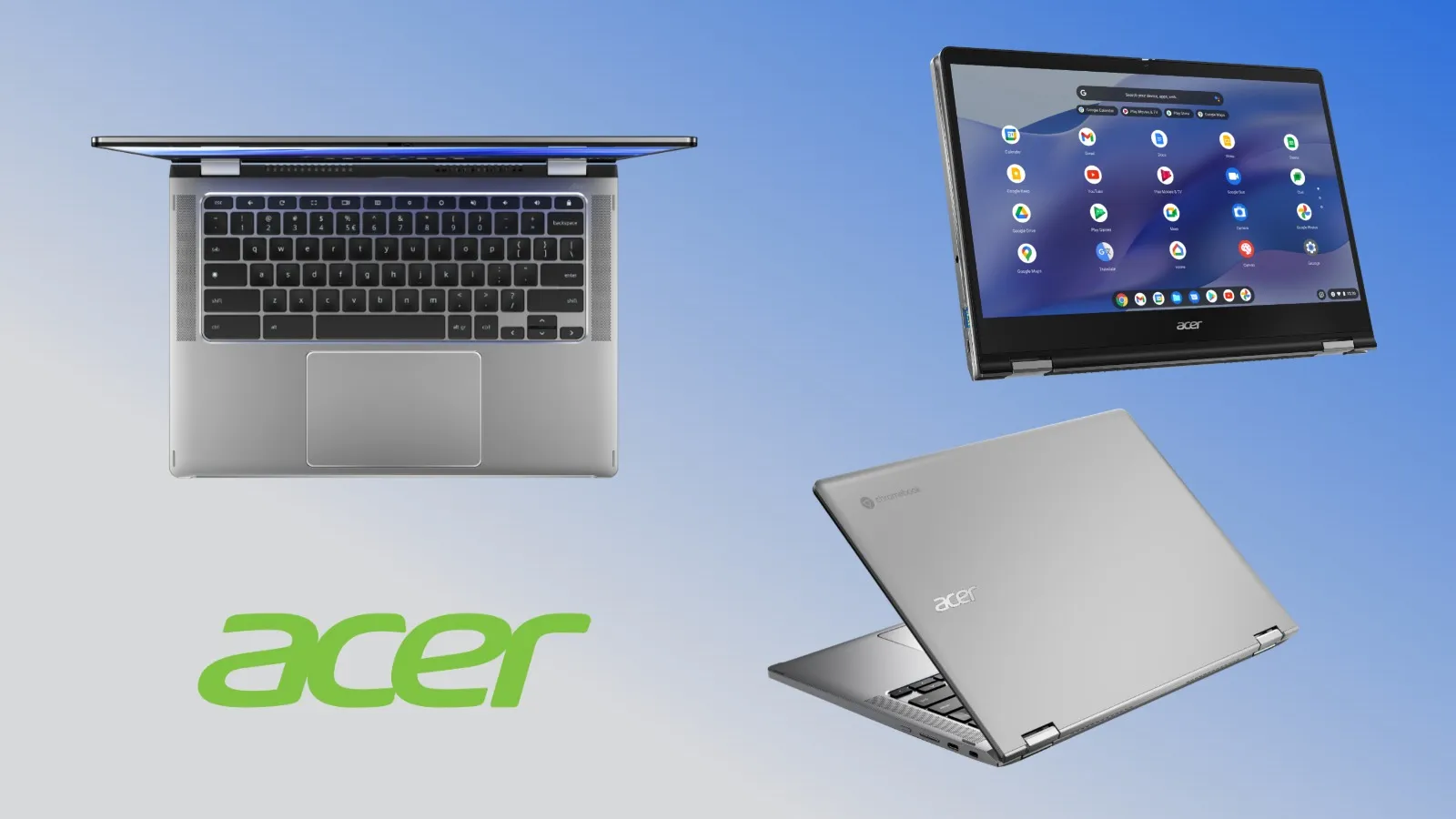When Apple released the M1 Pro and M1 Max MacBook Pros last time, the 16- inch models came with a new kind of USB- C bowl — one that can deliver up to 140W of power to the MagSafe 3 harborage. That’s because Apple’s biggest MacBook Pro bowl supports the rearmost USB Power Delivery specification USB PD3.1, which goes beyond the former 100W limitation for a single USB- C harborage.
The USB Protagon Group published the rearmost specification of Power Delivery in May of last time, but appurtenant manufacturers are only now delivering products that support it. And it’s about time because 16- inch MacBook Pro druggies who swear by fast charging have been stuck with the included-travel-friendly slipup that only has one USB- C harborage. Now you can get bones
with multiple anchorages, giving you the inflexibility to partake all that power with a phone, tablet, or indeed another laptop along with the MacBook Pro.
We haven’t tested these yet, but some USB PD3.1 multiport bowl options include the HyperJuice 140W for$129.99 and the Ugreen Nexode 140W for$149.99. Both of these dishes have two USB- C anchorages and one USB- A harborage for further inflexibility but only support the maximum 140W out of one specific harborage and up to 100W out of the alternate bone
, collectively. For the USB- A anchorages, the Nexode can do up to22.5 W, while the Hyper does 30W.

The HyperJuice and the Nexode feel like analogous products else( indeed though the Nexode is$ 20 further), but they actually bear else when plugging further bias in. For case, if you plug in two laptops to the HyperJuice, it can deliver up to 100W to the first device but only 20W to the alternate bone
. The Node, still, will resolve the power inversely — giving each laptop up to 65W of power.
announcement
When enwrapping all three anchorages, the HyperJuice will still push 100W out of the first harborage, but also the alternate USB- C and the USB-A- Harborage will now partake in the same small 20W pool. That’s okay if your alternate and third bias are lower-power tablets, phones, or accessories, but if you’re like me and use an iPhone MagSafe charging elf and an old Apple Watch bowl, also my iPhone might not be suitable to gormandize charge wirelessly.
Ugreen’s bowl splits the joules else in three ways 65W to the high-powered USB- C, 45W to the alternate, and over to22.5 W out of the USB-A- Harborage. This is clearly a more protean split, but if your main laptop is further power-empty, also the HyperJuice option might make further sense.
Anker also makes a 140W USB PD3.1 bowl, but like Apple’s, it only has one USB- C harborage to offer. It’s also the same cost as buying the sanctioned one from an Apple store at$ 100, but the Anker 717 is at least a bit more compact, indeed though it doesn’t use the company’s slightly more effective GaNPrime tech. There’s also Anker’s PowerCore 24K movable battery bank that can squeeze up to 140W of power out of its cells, though it can’t plug into a wall and pull AC power on its own.
This is just the morning of a new period of compact multiport dishes. They will keep getting lower and more important — but only if we get further bias that demands power. The2.1 modification of the USB- C PD3.1 spec( yes, it’s relatively confusing) is able over to 240W of power, so maybe power-empty gaming laptops are the coming bias to push that envelope.





Comments
Post a Comment